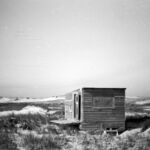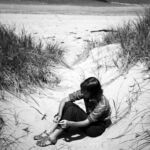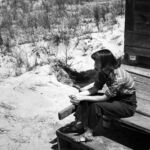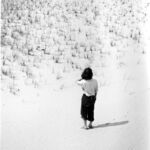
The wine dark sea
The beach was an important place of inspiration to Loren MacIver and her husband Lloyd Frankenberg, especially in the 1930s, as they began to regularly spend their summers in Cape Cod starting in 1931. Frankenberg’s 1960 story, Yellow Season, details the summers (and one harrowing winter) they spent together in the little hut they built out of driftwood in Truro, Cape Cod.
MacIver’s painting of this house, called Shack, was part of her first major sale. It was one of two paintings purchased by Alfred Barr, then director of the Museum of Modern Art, in 1934.
In the late 1930s the two also began making summer visits to Key West, guided by their good friend and supporter Louise Crane. It was there, in the summer of 1939, that they were introduced to Elizabeth Bishop, with whom they would remain lifelong friends.
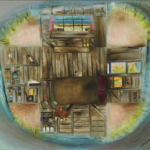
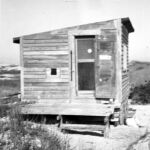
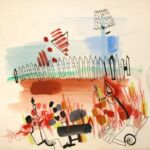
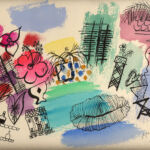
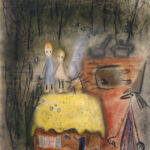
Seascape
Elizabeth Bishop (1911-1979)
This celestial seascape, with white herons got up as angels,
flying high as they want and as far as they want sidewise
in tiers and tiers of immaculate reflections;
the whole region, from the highest heron
down to the weightless mangrove island
with bright green leaves edged neatly with bird-droppings
like illumination in silver,
and down to the suggestively Gothic arches of the mangrove roots
and the beautiful pea-green back-pasture
where occasionally a fish jumps, like a wildflower
in an ornamental spray of spray;
this cartoon by Raphael for a tapestry for a Pope:
it does look like heaven.
But a skeletal lighthouse standing there
in black and white clerical dress,
who lives on his nerves, thinks he knows better.
He thinks that hell rages below his iron feet,
that that is why the shallow water is so warm,
and he knows that heaven is not like this.
Heaven is not like flying or swimming,
but has something to do with blackness and a strong glare
and when it gets dark he will remember something
strongly worded to say on the subject.
I selected this poem by Elizabeth Bishop to accompany this theme not only because of the direct references to visions of the sea in art and literature, but also because it shows the way in which summers at the beach played a formative role in the creative work of both Bishop and MacIver. Like Provincetown, Key West, where Bishop often summered, was a crucial hub of creative discovery and expression for American artists and poets throughout this period. “Seascape” captures, much like MacIver’s “Crossing the Dunes,” the ways in which the sea functions in these summers away as not only as the backdrop to a blissful, summer getaway, but also as a source of deep reflection on the philosophy and aesthetics of life.

